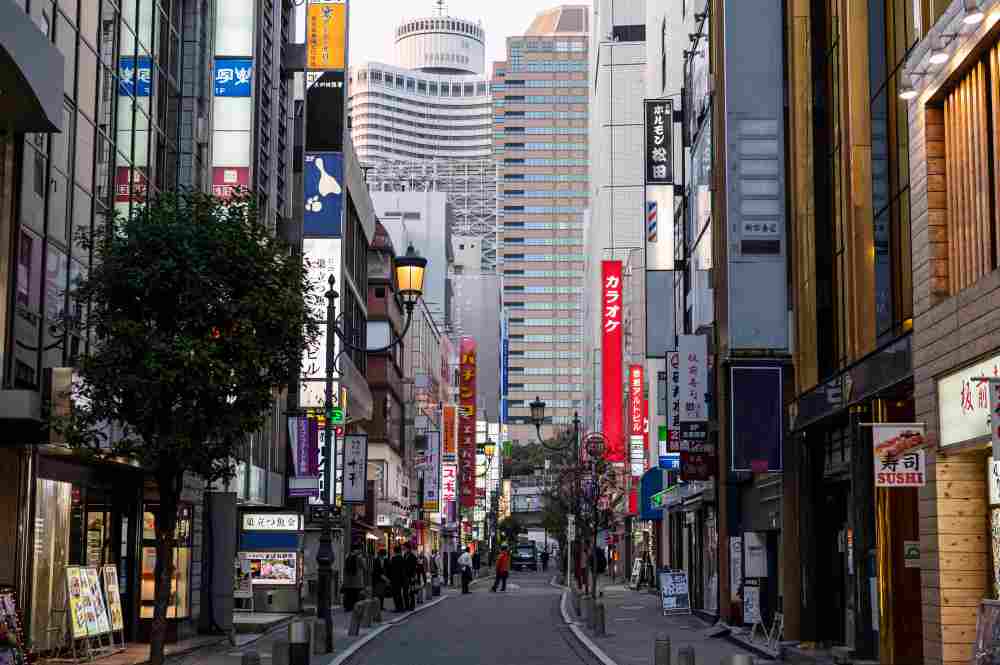Top Information Technology Courses for Getting a Job Quickly: A 2025-2026 Guide
In today’s fast-paced digital economy, securing a job quickly requires targeted skills that align with immediate industry needs. As of September 2025, Malaysia’s tech sector is booming, contributing 25.5% to GDP and projected to create 500,000 digital jobs by 2030 under the MyDIGITAL blueprint. With unemployment in IT below 3% and entry-level salaries starting at RM3,500–RM5,000 per month, short-term courses and certifications offer a swift path to employment. Unlike lengthy degrees, these programs—ranging from boot camps to certifications—focus on practical, in-demand skills such as AI, cybersecurity, and cloud computing, enabling graduates to secure roles within three to six months. Based on 2025 reports from MDEC and platforms like Trainocate, the top options include coding boot camps, CompTIA certifications, and AI/machine learning programs. This article examines the top information technology courses, their curricula, costs, and job prospects, with a focus on expedited entry pathways for aspiring IT professionals.
Why Short IT Courses Accelerate Job Placement
Traditional IT degrees take 3–4 years and may leave graduates competing in saturated markets. In contrast, short courses (1–12 months) prioritize hands-on training and industry-recognized credentials, addressing skill gaps in high-demand areas. Malaysia’s RM700 million investment in digital skills has spurred boot camps with placement rates of 90% or higher within six months. Employers like Grab, Petronas Digital, and Huawei prioritize candidates with certifications over degrees, valuing practical experience. For instance, cybersecurity roles, with 10,000 projected vacancies, see 94% of organizations facing breaches, making certified professionals indispensable. These courses also offer flexibility—available in part-time, online, or hybrid formats—ideal for working adults, with HRD Corp claimable fees reducing the barriers.
Top 1: Coding Bootcamps – Full-Stack Development
Coding bootcamps top the list for quick tech entry, teaching web development skills in 3–6 months. Programs like NEXT Academy and Le Wagon focus on JavaScript, React, Python, and Node.js, culminating in portfolio projects. The curriculum includes front-end/back-end integration, API development, and deployment on GitHub, along with live coding sessions and hackathons. Fees range from RM10,000 to RM15,000, with scholarships covering 50% for low-income students. Graduates secure junior developer roles at RM4,000–RM6,000 monthly, with a 93% placement rate via career coaching. In Malaysia’s fintech boom, alumni join startups like AirAsia Digital, where full-stack devs are in 90% demand.
Top 2: Cybersecurity Certifications – CompTIA Security+
With cyber threats on the rise, the CompTIA Security+ certification is a fast track to secure jobs, which can be completed in 1–3 months via providers like Trainocate Malaysia or Iverson Associates. The course covers network security, risk management, cryptography, and compliance (e.g., PDPA in Malaysia), with labs on tools like Wireshark. At RM2,000–4,000 (HRD Corp claimable), it includes exam vouchers and achieves an 80% pass rate. Holders earn RM5,000–8,000 as analysts, with 85% landing roles at banks or MNCs like Deloitte within 90 days. The Cyber Security Act 2024 mandates such skills, ensuring rapid uptake.
Top 3: Cloud Computing – AWS Certified Cloud Practitioner
Cloud skills are non-negotiable, and the AWS Certified Cloud Practitioner (1–2 months) is ideal for beginners. Offered by Trainocate and Skillet, this course teaches AWS fundamentals, architecture, security, and billing, with hands-on labs utilizing the AWS Free Tier. Fees: RM1,500–3,000, including simulations. Graduates qualify for cloud support roles at RM4,500–RM7,000, with a 90% placement rate in firms like Huawei, amid Malaysia’s cloud market growth projected to reach RM10 billion by 2025. It’s a stepping stone to advanced certs like Solutions Architect.
Top 4: Data Analytics and Science Bootcamps
Data roles dominate, with boot camps like Sigma School’s 3-month program teaching Python, SQL, Tableau, and the basics of machine learning. The curriculum features data visualization, ETL processes, and capstone dashboards, aligning with MDEC’s data talent push. At RM12,000–18,000, it boasts job guarantees and 92% placement as analysts (RM5,000–9,000 starting). Healthcare and finance sectors hire swiftly, per 2025 reports.
Top 5: AI and Machine Learning Short Courses
AI bootcamps, like USAII’s 2–4 month programs, cover TensorFlow, neural networks, and ethics, with projects in predictive modeling. Fees: RM8,000–15,000, with 90% placement as AI engineers (RM6,000–10,000). Global AI Bootcamp Kuala Lumpur adds free intros, leading to roles in Grab’s AI teams.
Job Market Insights and Tips for Success
These courses yield quick wins, with 70–95% of graduates employed within 3–6 months, according to Nucamp and Course Report. High-paying jobs include software architects (RM180,000–300,000 annually) and data scientists (RM167,000). Tips: Build portfolios on GitHub, network via LinkedIn, and leverage HRD Corp for free/up to 100% funded training—platforms like Upskill Malaysia list subsidized options.
Conclusion
For rapid IT employment in 2025, short courses such as coding boot camps and CompTIA Security+ outperform degrees in terms of speed and relevance. With Malaysia’s tech surge, these programs deliver skills employers crave, from cloud to AI, ensuring quick transitions to rewarding careers. Invest in one today—your job awaits.
5 FAQs on Top IT Courses for Quick Job Placement
1. What makes short IT courses better for fast employment than degrees?
Short courses (1–6 months) focus on practical skills and certifications, resulting in 70–95% placement within 3–6 months, compared to 1–2 years for degrees. They align directly with demands like cybersecurity and AI.
2. Which IT course has the highest job placement rate in Malaysia?
Coding bootcamps like NEXT Academy and Sigma School report a 90–93% placement rate within six months, for roles such as full-stack developers, with starting salaries of RM4,000–6,000.
3. How much do top short IT courses cost in Malaysia?
Fees range from RM1,500 to RM18,000; e.g., CompTIA Security+ at RM2,000–4,000 (HRD Corp claimable), AWS Practitioner at RM1,500–3,000, and AI bootcamps at RM8,000–15,000, with scholarships available.
4. What entry-level jobs can I get after a quick IT course?
Roles include IT support (RM3,500–5,000), cloud technician (RM4,500–7,000), data analyst (RM5,000–9,000), and junior developer (RM4,000–6,000), with high demand in the fintech and healthcare sectors.
5. Where can I find subsidized IT courses in Malaysia?
Platforms like Upskill Malaysia and National Training Week offer government-funded options; Trainocate and Iverson provide HRD Corp-claimable certs in cloud and cybersecurity.






